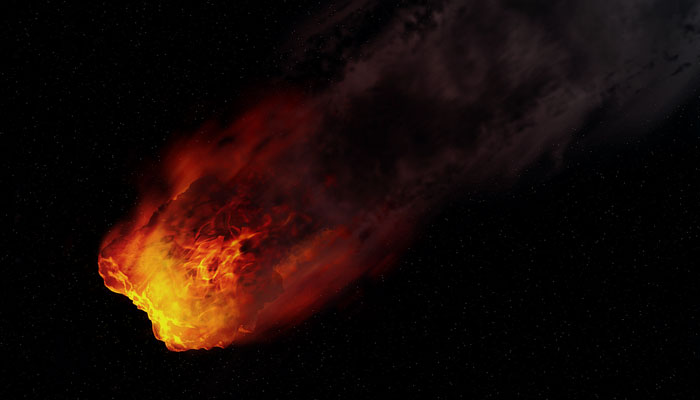If Earth was about to end, here's how Nasa would alert its inhabitants
"We definitely want to find all those before they find us," lead program executive for Nasa's Planetary Defense Coordination Office says
February 21, 2024

Did you know that the National Aeronautics and Space Administration (Nasa) has a dedicated team to warn us of a possible asteroid strike? Their mission is to track near-Earth objects (NEOs) and alert the public of a potential world-ending disaster.
Lindley Johnson, the lead program executive for Nasa's Planetary Defense Coordination Office, heads the team and has recently shared the agency's step-by-step plan to notify the public of a looming threat and take action to prevent it from happening.
The PDCO classifies a NEO as any object that comes within 30 million miles of Earth but does not raise alarms every time it spots it. However, it keeps track of each NEO it finds.
"We definitely want to find all those before they find us," he told Business Insider.
Here’s how Nasa has planned the sequence of events to warn people about an NEO posing a serious threat to the inhabitants of Earth:
Detecting asteroids
Nasa collaborates with the International Asteroid Warning Network (IAWN) for planetary defence, ensuring that astronomers sound the alarm when a dangerous NEO is detected.
They share the findings across the network allowing other scientists to confirm the accuracy of the findings and determine their potential danger.
Johnson told BI that while he doesn't “have a red phone on his desk”, Nasa has “formal procedures” for notifying of a “serious impact”. The warning call will be issued based on its predicted location.
In case of asteroid threat to US
Nasa will first contact the White House for an asteroid threatening the US.
Then, the executive branch will determine public notification strategies, including pre-empting TV programming with an official announcement and sending mobile phone notifications through the Federal Emergency Management Agency’s (FEMA) Integrated Public Alert and Warning System.
Cell phone warning systems already alert people to local crimes and natural disasters. The government could interrupt TV broadcasts with public service announcements for older Americans who don't use cell phones.
In case of asteroid threat to other nations
If the asteroid is not expected to hit the US or is so large it threatens other countries, IAWN plans to contact the United Nations Office of Outer Space Affairs to inform other nations.
Judging the threat
The IAWN uses several criteria to evaluate the threat of an NEO to life on Earth.
A "potentially hazardous" asteroid is larger than 460 feet and passes close to Earth, indicating a one-twentieth of the distance from Earth to the sun.
IAWN has identified over 34,000 NEOs and put them into a database at the Minor Planet Center where Nasa can predict their movement for about 100 years, according to Johnson.
Defending Earth
Nasa employs strategies to detect and deter asteroid threats, including using spacecraft to strike the asteroid to disrupt its trajectory in case any asteroid threatens our planet.
Johnson revealed that if an asteroid’s impact is expected in less than five years, the space agency may not be able to launch a deflection mission and will use a missile or other weapon to destroy or knock it off course.









